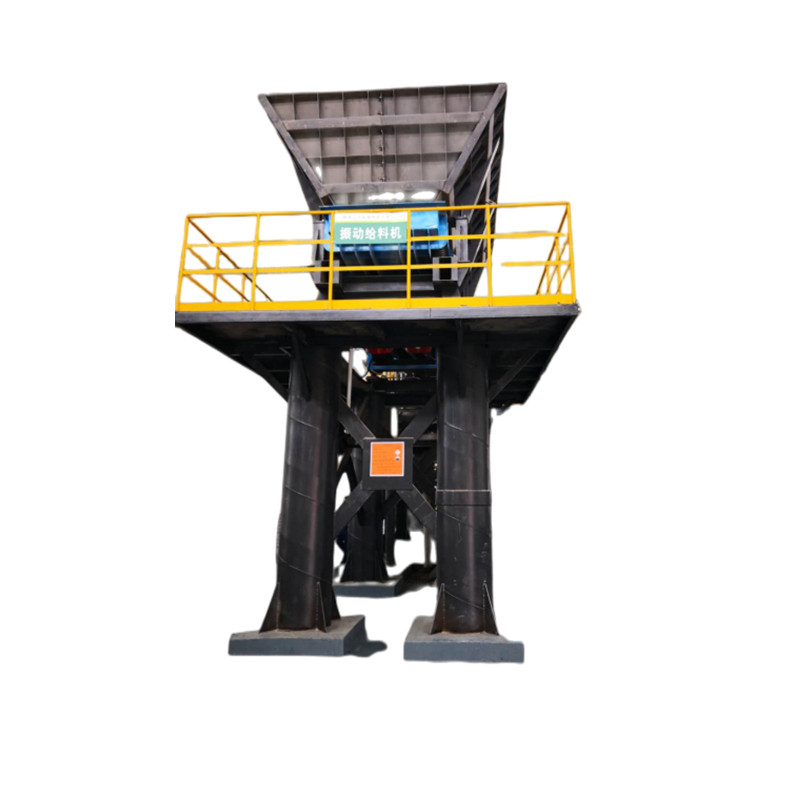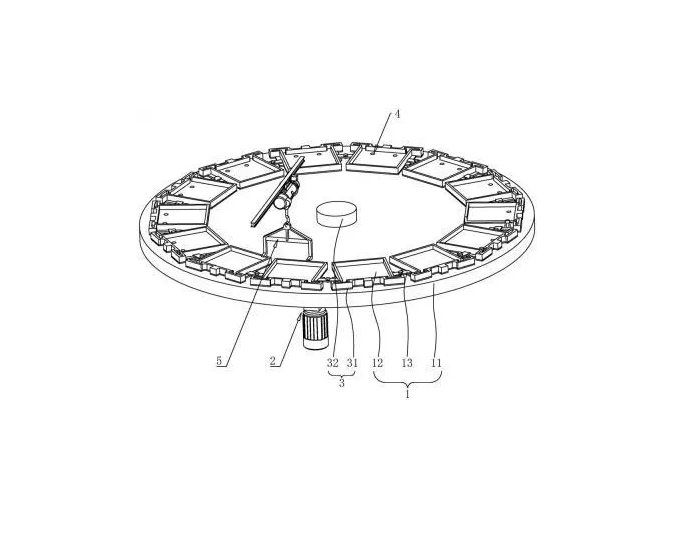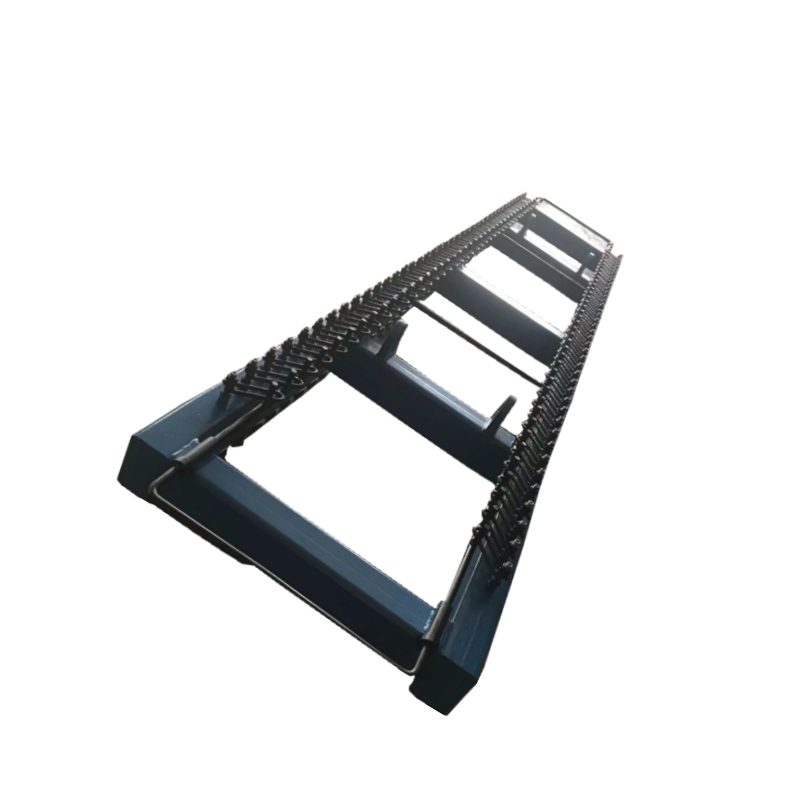Lufeng is the design and equipment supplier of complete non-ferrous metal electrolysis system. It has provided design and related equipment for many non-ferrous smelters at home and abroad.
The purpose of electrolytic refining is to obtain industrial metals with high purity and recover the associated rare and precious metals. The main equipment of the electrolysis system mainly includes: Starter plate unit, anode disc casting machine, electrolytic cell, conductive copper bar, rectifier, anode mud treatment system, electrolyte preparation system, etc.
Lufeng has a mature design team, which can design the electrolysis workshop according to the specific project requirements of customers. Build a modern smelter with energy conservation, good economic efficiency and environmental friendliness for customers.
 English
English  Español
Español  Português
Português  русский
русский  français
français  日本語
日本語  Deutsch
Deutsch  Tiếng Việt
Tiếng Việt  Italiano
Italiano  Nederlands
Nederlands  ไทย
ไทย  Polski
Polski  한국어
한국어  Svenska
Svenska  Malay
Malay  বাংলা
বাংলা  हिन्दी
हिन्दी  Pilipino
Pilipino  Türk
Türk  عربى
عربى  Indonesia
Indonesia  norsk
norsk  čeština
čeština  Українська
Українська  Javanese
Javanese  فارسی
فارسی  తెలుగు
తెలుగు  Burmese
Burmese  български
български  Latine
Latine  Azərbaycan
Azərbaycan  Српски
Српски  Esperanto
Esperanto  Afrikaans
Afrikaans  Català
Català  Cymraeg
Cymraeg  Беларус
Беларус  Hrvatski
Hrvatski  Kreyòl ayisyen
Kreyòl ayisyen  Shqiptar
Shqiptar  Bosanski
Bosanski  Кыргыз тили
Кыргыз тили  ಕನ್ನಡ
ಕನ್ನಡ  IsiXhosa
IsiXhosa  Chichewa
Chichewa  Somali
Somali  O'zbek
O'zbek  հայերեն
հայերեն  Sundanese
Sundanese  Malagasy
Malagasy 













